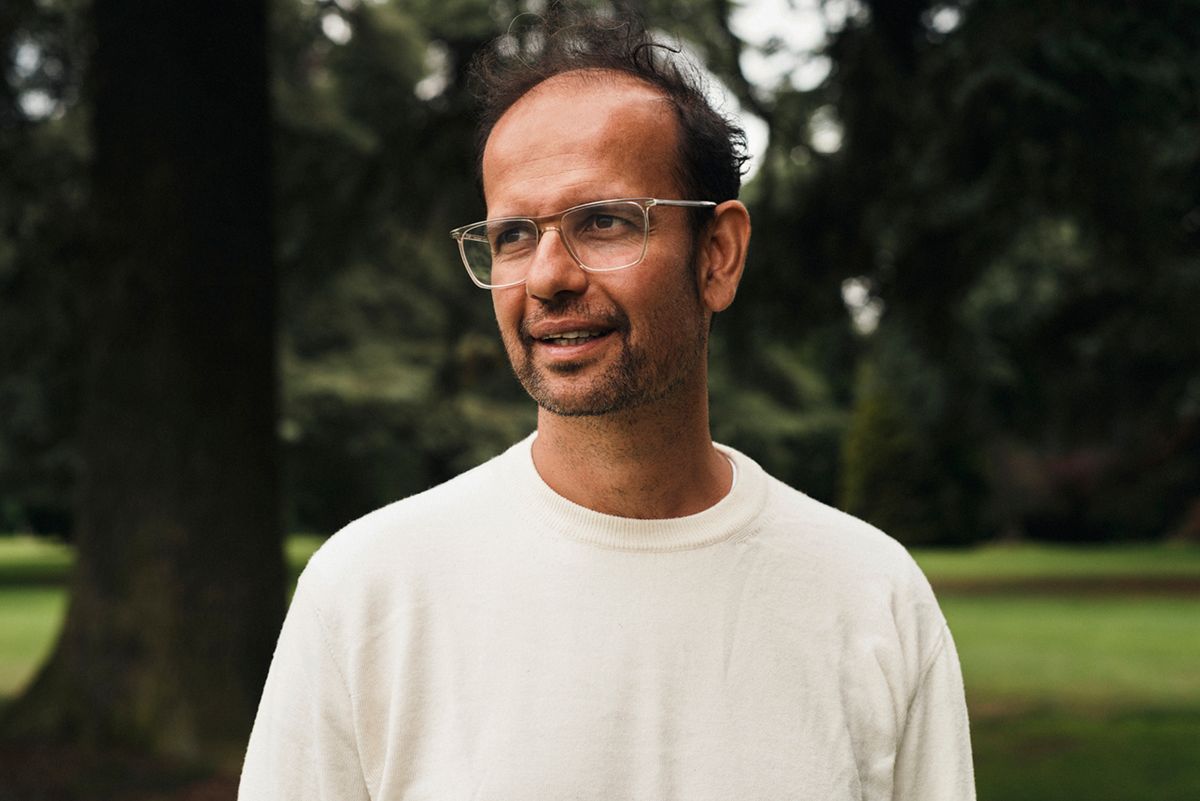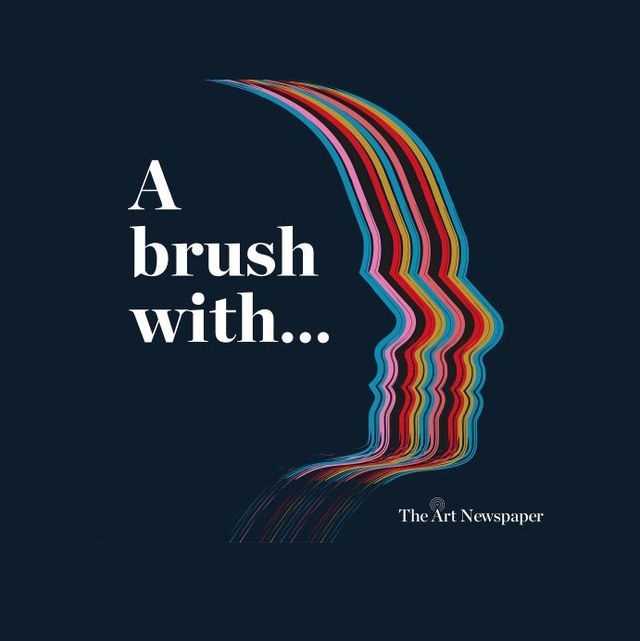In this episode of A brush with..., Ben Luke sits down with Tino Sehgal to discuss the defining cultural experiences and influences of his life. Born in London in 1976 to a father from what is now Pakistan and a German mother, during his childhood Sehgal moved from London to Paris and Düsseldorf, settling near Stuttgart and today he lives in Berlin. Early in his career, he moved to art from dance, having studied choreography alongside economics.
Sehgal is an artist whose works, which he refers to as "constructed situations", transform the space in which they are shown through the power of movement, speech and song. In this interview, Sehgal discusses his latest show, at Blenheim Palace, commissioned by the Blenheim Art Foundation, which features his work from the last 20 years staged amid the Baroque palace and its gardens. It features interpreters or participants who enact pieces ranging from group work, where they sing in unison or move in formation, veering from slow controlled movement to dance or even game-playing, to more intimate pieces involving individuals or duos—but always directly engaging the viewer as a participant.
He discusses the structures that underpin his work, making art that exists only in the moment or memory rather than as an object or through documentation, and why he sees it more in the tradition of sculpture and installation than performance art. He reflects on his early encounters with the art of Joseph Beuys and Yves Klein, his interest in the work of Antoine Watteau, the powerful effect of radical theatre director Christoph Schlingensief and choreographer Felix Ruckert, how he regularly returns to William Forsythe's work In the Middle, Somewhat Elevated, and his response to the Belgian producers Soulwax and their 2manydjs project. And he answers the questions we ask all our guests, including the ultimate question: what is art for?
• A brush with… series 5 runs from 28 July- 18 August 2021, with episodes released on Wednesdays. You can download and subscribe to the podcast here. This episode is sponsored by ARTIKA.
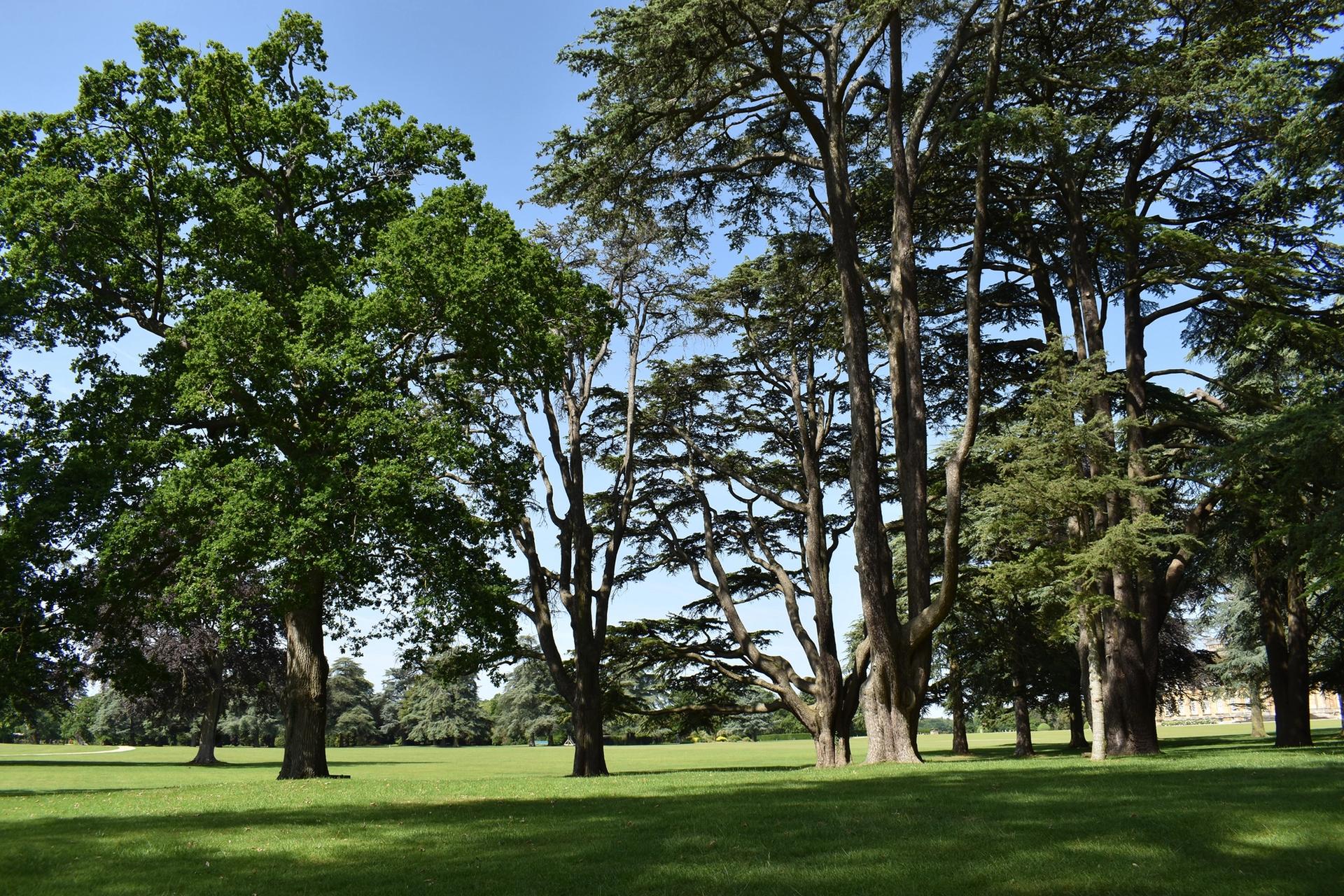
Blenheim Park and Gardens. Landscaping by Capability Brown. Courtesy of Blenheim Art Foundation
Tino Sehgal on... the rules and instructions that structure his work
“Judith Butler made clear in the 1980s, and maybe [Jacques] Derrida too, that there is no communication without conventions… There are rules for how you and I are communicating now… There are lots of rules we’re following now, they’re just less obvious because they’re so ingrained and embodied: the rules of polite conversation, the rules of the interview… I think you can always ask that question [of how rules structure interactions]. In my work, because it’s close to everyday life but also you realise it’s not everyday life, the question springs up. But this is obviously an experience that I don’t have, because I invented the rules.”
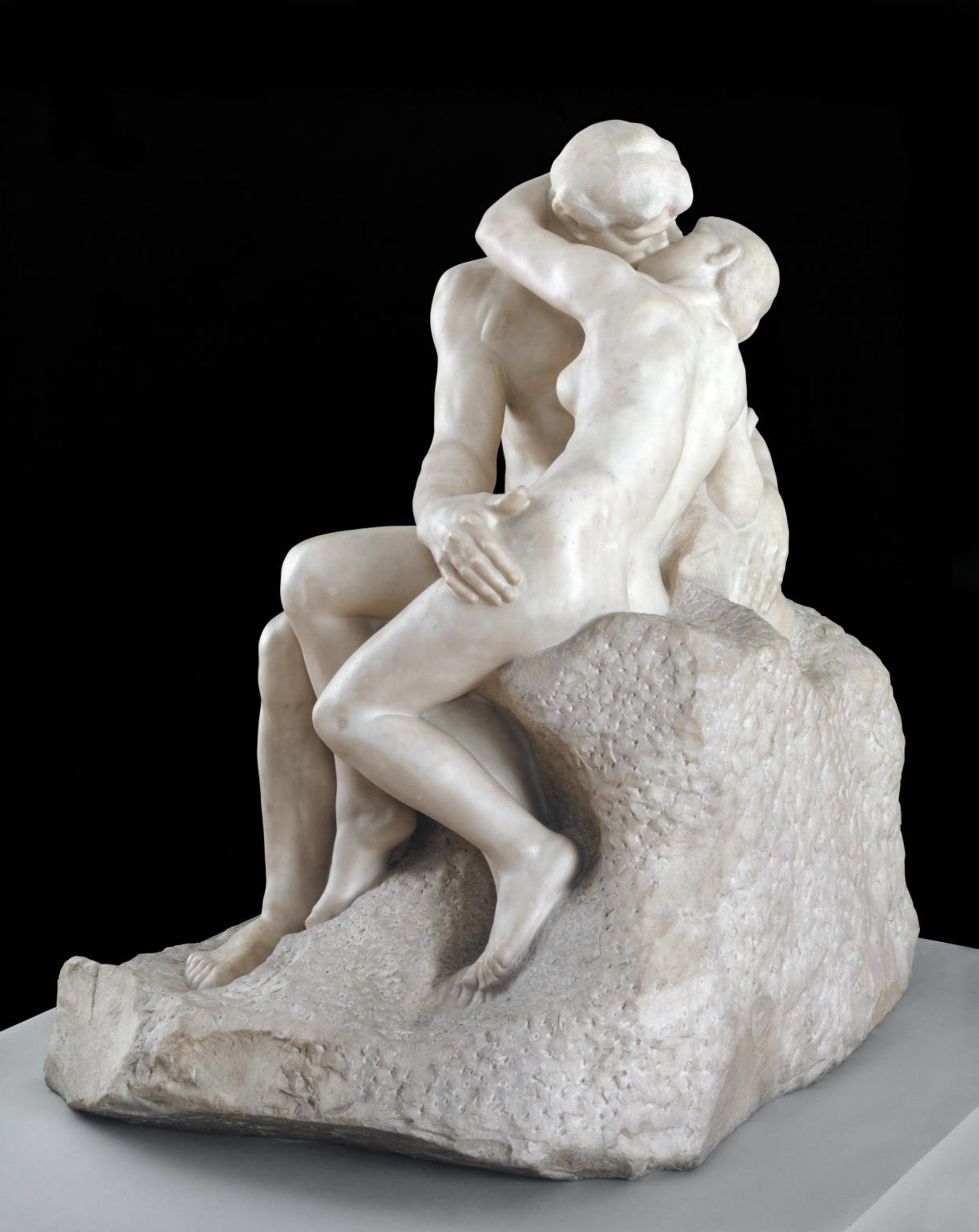
Rodin's The Kiss (1901-04) Courtesy of Tate
... how his work Kiss (2003) fits into the art history canon
"It's not about subverting anything. Art history is like a chain of beads, building upon each other. [...] When I did Kiss (2003), I thought about the trope of the kiss and how it has been approached by different artists, like Brancusi or Rodin or Klimt, and then I did my own version. And because I have this more versatile medium, I can also literally pass through them. And that's a way of showing respect, but also a way of making a comparison. What is the difference between my kiss, which is live, and Rodin's? It's about opening up that question."
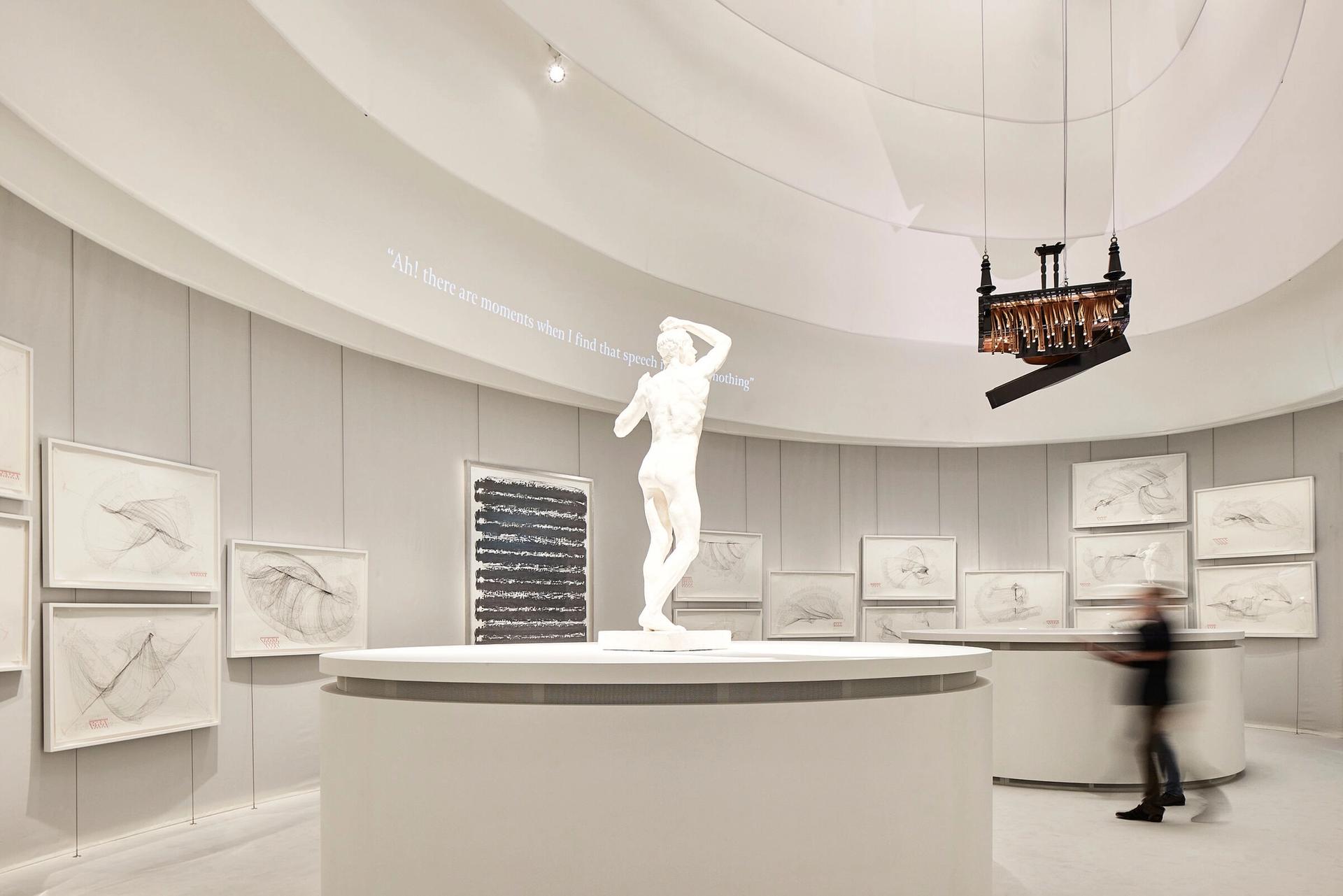
Installation of Beethoven Moves at the Kunsthistorisches Museum in Vienna
... his 2020 work This Joy, commissioned for a Beethoven-themed exhibition at the Kunsthistorisches Museum in Vienna
"Beethoven came up with probably the best known melodies on the planet. I have a huge respect for that, and a curiosity about them too. What are these melodies? Why do they transcend so many generations? The work became an opportunity to study that a little bit. The way the piece works is that the dancers sing a movement of a Beethoven symphony. For the Fifth Symphony, the choreography is for the fingers and the arm, while the Seventh Symphony is a choreography for the torso. So it's also like a game: the dancers have to sing, and they have to move the torso, and that's it, but the rest of their body, such as their head, arms and legs are free to do what they want."
• Tino Sehgal's solo exhibition, commissioned by Blenheim Art Foundation, is at Blenheim Palace, Woodstock, UK until 15 August; and Sehgal is making work for another Baroque building with English landscaped gardens, Melk Abbey in Austria, between 2-4 September.



